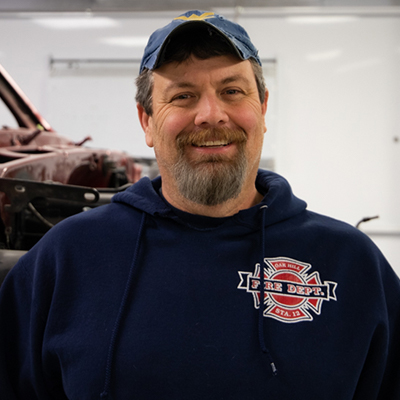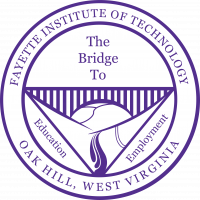Collision & Repair
Automotive body technicians can repair most damage from everyday vehicle collisions and make vehicles look and drive like new. Damage may be minor, such as replacing a cracked windshield, or major, such as replacing an entire door panel. Repair technicians use many tools for their work including pneumatic tools, metal-cutting guns, and plasma cutters. For major structural repairs, such as aligning the body, they often use heavy-duty hydraulic jacks and hammers. For some work, they use common hand tools, such as metal files, pliers, wrenches, hammers, and screwdrivers. This course is open to juniors and seniors.
Instructor Rick Pannell
Mr. Pannell started doing mechanical work, bodywork, and painting over 30 years ago. He’s managed shops, dealerships, and owned his own business. Vehicles have always been a passion of his, and he’s built quite a few show cars, trucks, race cars, and about anything else you can imagine.
His teaching career started in 2017 at FIT, and he really enjoys teaching his students a real-world skill that could benefit them in a career.
Certifications:
- ASE Master Collision Repair Technician
- OSHA 10 Certified
- Career Technical Certified in Collision Repair


